Thank you for the great response to the last newsletter about favorite music releases from the mid-eighties. The day after I published it, I snagged an original copy of that debut Butthole Surfers LP that headed the list (I had only ever owned it on CD). The staff at Amoeba SF marked it wayyyy down because of a slight warp that I do not see or hear…so I got a major deal. I need to talk about records I need for the collection more often…setting vinyl intentions for the new year.
Other records mentioned in the last newsletter: Los Lobos’s debut record and the Pogues records, showcase the brilliance of bands that bend classic musical styles, that blend desperate genres to create new sounds. Texas Tornados. Ozomatli. Mdou Moctar. So many others…creating a new, unique sound with their mixology, breathing new life into what has come before. Even artists with less obvious mix-it-ups: it is fascinating to see how different cultural aural expressions bleed into others. As a member of the Idelsohn Society, we studied how Jewish music cross-culturalized with other musical practices from communities they found themselves ghetto-adjacent in the mid-twentieth century. It’s a Scream How Levine Did The Rhumba is a 2 disc set with incredible amounts of Jewish/Latin hybrid musical sounds and Black Sabbath examines the beautiful results of Jews and African American influencing each other in night clubs, on the streets. Music can bring us together like no other art form or social movement.
Just yesterday in celebration of Rosh Hashana, the Jewish New Year (L’Shana Tova to all of you, may it be a sweet year even with the darkness abound), Reboot celebrated the ritual Tashlique…throwing bread into the water as an action to rid oneself of the bad “vuggum” (Captain Beefheart) of the past year…with a huge band playing alongside the bread throwers featuring dozens of shofar blowers, members of the Church of John Coltrane Band, members of the San Francisco Bagpipe Band, and members of the Jazz Mafia. A joyful noise and cultural blend that cannot be heard anywhere else, setting a a unified stage of hope for the upcoming year.
This past week also showcased San Francisco’s first annual Cambodian Day celebration, imagined and ignited by philanthropist Lyna Lam and produced by filmmaker Daron Ker, which was an afternoon celebrating Cambodian heritage and culture. Located at Union Square in San Francisco, from the beginning to end the space was packed with what was said was the largest congregation of Cambodians ever in California. I arrived in time to see youtube sensation Ban Monyleak blow out the minds of the audience members with her sultry set of hits that have made her one of Cambodia’s biggest pop stars. This was her first performance in San Francisco (California? The US?) . In her native country she plays in front of tens of thousands of people. This more intimate of setting gave her fans the unique experience of being close to the star, even rubbing shoulders with her when Monyleak decided to walk through the crowd while singing what was explained to me to be one of her biggest ballads.
Monyleak’s set featured a guitar player/keyboard player combo who would also go on to play in the following set for artist Chan Makara, another Cambodian music star. While most of the audience was focused on the singers for both sets (understandably), the two backup musicians really interested me because of the hybrid sound they displayed as they played through a set of authentic Cambodian popular music. The guitarist, whose name I was told was Two Two, adeptly infused many Western elements such as surf music and early 50s American rock n roll into his oeuvre, adding a garnish of Malian blues, with a healthy dose of psychedelic-infusing reverb. The keyboardist, Sovannarith, who I spoke to later through broken English, played with a style reminiscent of the great Jimmy Smith, often altering his keyboard sound to create more ethereal paddings, playing along with Two Two’s rhythms that, despite all of the aforementioned influences, sounded very uniquely Cambodian. That being said, there is a history of Cambodian music infusing Western practices into their expression to create a truly unique sound.
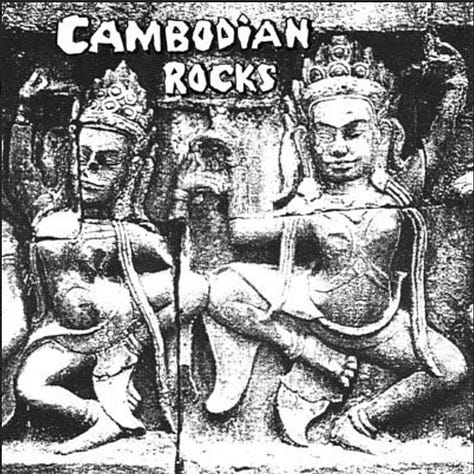

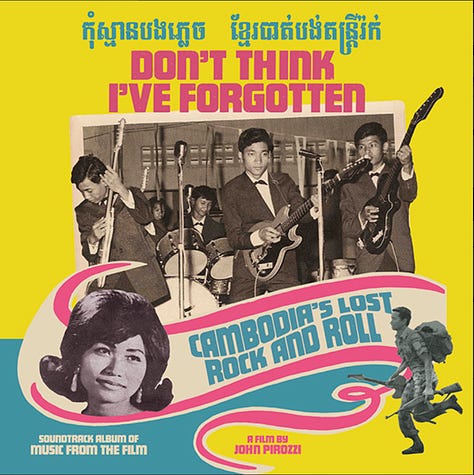
Western college radio listeners were introduced to Cambodian psychedelic music with the Cambodian Rocks (you can hear it here) compilation released in 1995. That compilation introduced to the American audience voices from chanteuses Ros Serey Sothea and Pen Ran, with their formula of western-style groovy 60s music framing their Cambodian singing styles. The success of that release, a bootleg with a black and white image glued to a white record sleeve, birthed dozens more since, the best being Dust-To-Digital’s Don’t Think I’ve Forgotten: Cambodia’s Lost Rock And Roll, The Pebbles series Cambodia: Original Artifacts From The Psychedelic Era and Minky Records’ Dengue Fever Presents Electric Cambodia. Over the last decades, this music, created in Cambodia before the Khmer Rouge (who killed hundreds of thousands of Cambodians and wiped out the culture that came before it), wove itself into the alternative music fabric of America.
Which brings us to Dengue Fever, the band that presented the aforementioned Cambodian psychedelic compilation on Minky Records and one of the last bands to play at Union Square Cambodian Day. In the turn of the century, Dengue Fever was initially made up of a supergroup of various Los Angeles musicians who had a deep love of the Cambodian psych style. After playing as an instrumental band showcasing that sound, they sought out a Cambodian vocalist who could sing the Khmer lyrics. Their search led them to Chhom Nimol, who had been in a Thai refugee camp post-Khmer Rouge for her entire childhood, learned how to sing from her family members, and had become a known artist in Cambodia before moving to Los Angeles. Nimol agreed to join the band and in 2003 they released their first self-titled record to critical acclaim, releasing their second, Escape From Dragon House, on M80 Music through my label BRG in 2005 (thank you to M80’s Dave Neupert for getting me involved in such a great project).
Dengue Fever is one of those bands that don’t fit a label; they have created a unique sound that, like The Pogues and Los Lobos, they alone can swagger; they are a perfect example of a hybrid-musical-evolution that sets them as a crown jewell in the US musical landscape. While Nimol only sings in her native language, the band feel like the best of the American Dream, celebrating so many cultures within the bounds of their music: Memphis soul, Southern California Surf, San Francisco Psychedelia, and of course sixties Cambodian garage (that was in turn influenced by garage rock from the US!). As I talked to my old friend and Dengue Fever bassist Senon Williams before last weekend’s show, he shared that their unique sound mixed with Nimol’s very Cambodian vocals has created multiple opportunities of appreciation they would have not expected via the gigs they book and play. From normal club tours to alternative music festivals to death metal showcases (true) to huge pop bookings in Cambodia, Dengue Fever play to diverse audiences who universally accept them.
Dengue Fever started their recent set with their version of a Stax ramp-up…jamming in their unique way as the crowd gathered, slightly bobbing to the beat while taking in the alien sonic landscape. When Nimol started to sing, the pandemonium began. For those who knew her, it was a beautiful reunion and for those who did not, it was a new musical experience that was instantaneously beloved, linked to all of the artists of the day—to the sounds of Two Two and Sovannarith—to a hybrid model of the traditional and the modern. A celebration and preservation of the past with a head-bopping look into the future.
Music can and does heal us and move us forward. Oh yeah.
You can see Dengue Fever’s set here.
You can see the earlier sets of Cambodian Day here.
Inside the $621 Million Legal Battle for the ‘Soul of the Internet’
The best article thus far outlining the situation around the music industry’s suit of the Internet Archive and its (flawed) hero Brewster Kale. Anyone who has ever met Kale (and I am one of the lucky ones) knows that his ambitions for the Archive and for access to world knowledge and culture is a righteous one, one that I wholeheartedly support. Did he maybe go about his creation of his audio and book library incorrectly…probably. Should the Archive be forgiven, with new rules, still be upheld and maintained? 100%.
This Lost Mozart Composition Hasn’t Been Heard for Centuries
Crazy to think that while Mozart died mysteriously at 35 that he left the world with over 600 musical compositions. It is a stat I have known, and still am in awe of. So while I will never get through all of them, there is something interesting about the discovery of ANOTHER. This article contains a youtube link of a trio performing the piece.
Making Records: Home Recordings c. 1890-1920
My friend Josh Rosenthal turned me on to this project…an archive of homemade recordings from the early days of recording. The insight it provides on how people spoke…on what people decided to record…those few minutes when we are able to go back in time and participate in intimate spaces: so very cool.
When ‘Saturday Night Live’ Debuted, They Were There. Here’s What They Remember.
A great New York Times piece on the earliest days of Saturday Night Live. The trailer for Saturday Night, the film about the 90 minutes leading up to the very first episode, looks incredible too.
Wild and Free: The History of Sausalito’s Counterculture Houseboat Community
“The Sausalito waterfront children of the 1970s grew up with a freedom unheard of for youth today. Where are they today?”
Van Gogh Specialists Identify Three Fakes in Private Collections
Sometimes it pays to invest in new art from rising artists!
Palm III
By: Allen Ginsberg
To God: to illuminate all men. Beginning with Skid Road.
Let Occidental and Washington be transformed into a higher place, the plaza of eternity.
Illuminate the welders in shipyards with the brilliance of their torches.
Let the crane operator lift up his arm for joy.
Let elevators creak and speak, ascending and descending in awe.
Let the mercy of the flower’s direction beckon in the eye.
Let the straight flower bespeak its purpose in straightness — to seek the light.
Let the crooked flower bespeak its purpose in crookedness — to seek the light.
Let the crookedness and straightness bespeak the light.
Let Puget Sound be a blast of light.
I feed on your Name like a cockroach on a crumb — this cockroach is holy.
“We do not judge great art. It judges us. A well-composed book is a magic carpet on which we are wafted to a world that we cannot enter in any other way.”-Caroline Gordon




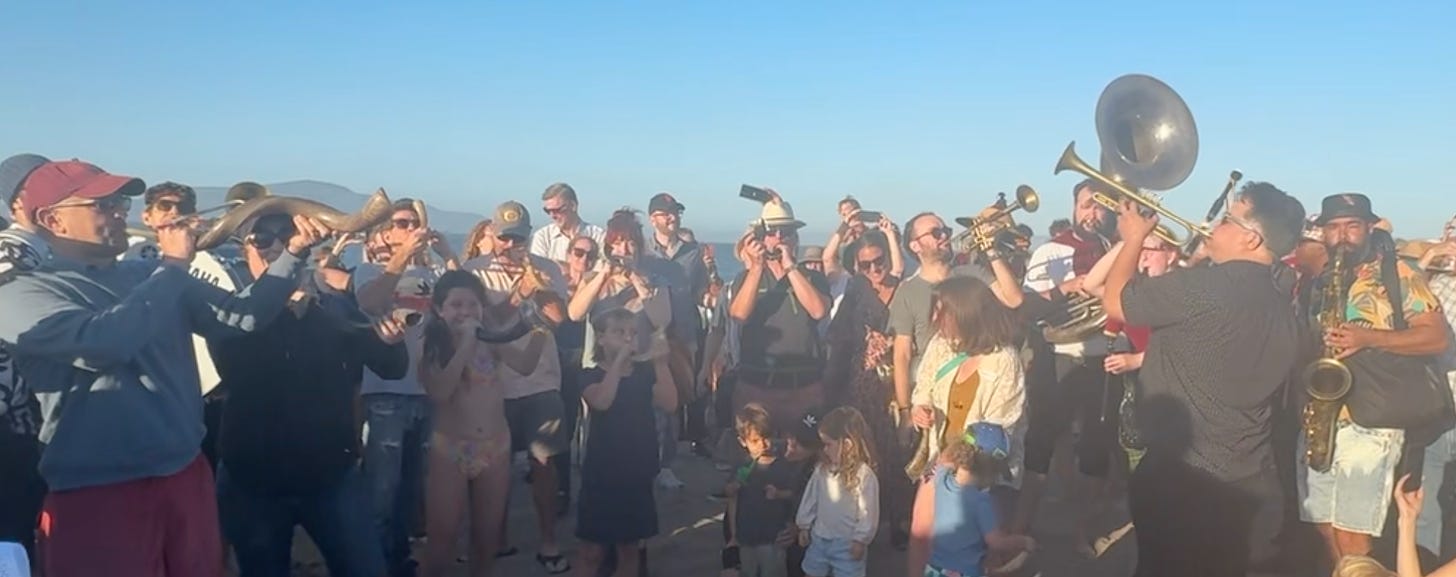

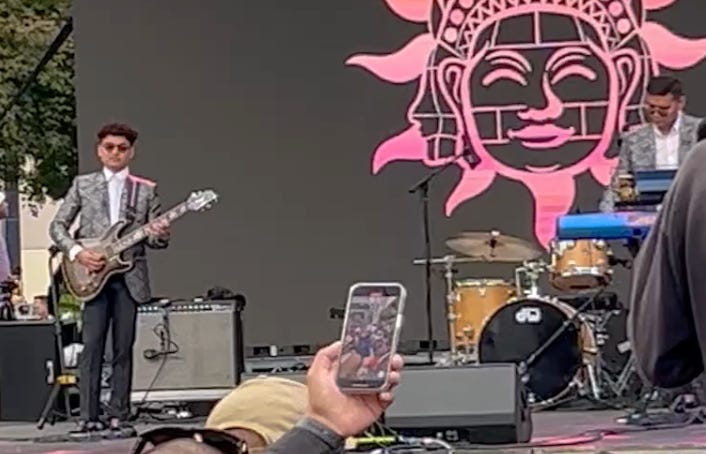
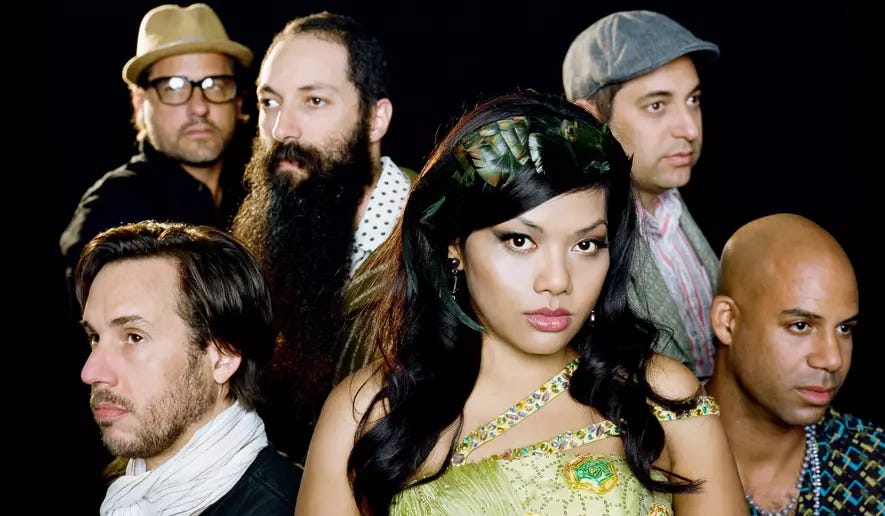
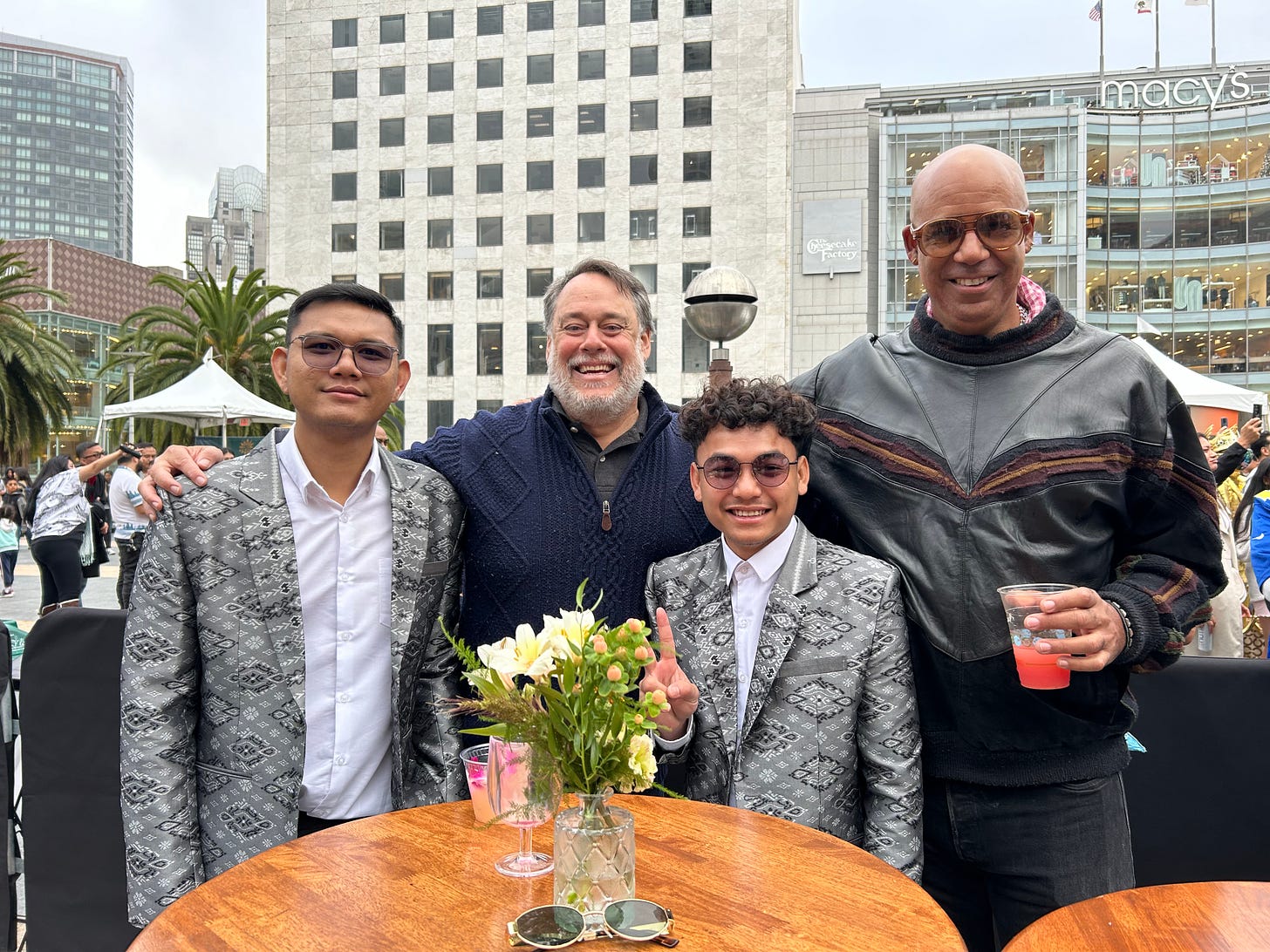
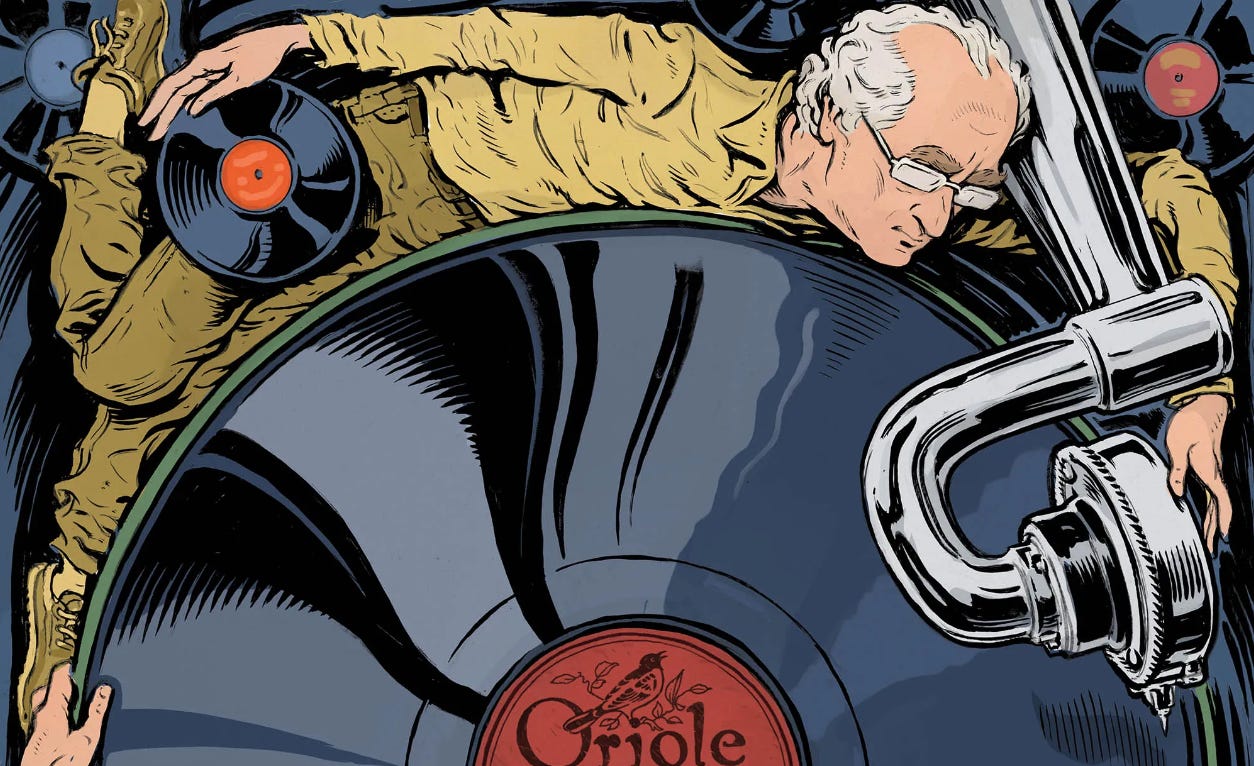
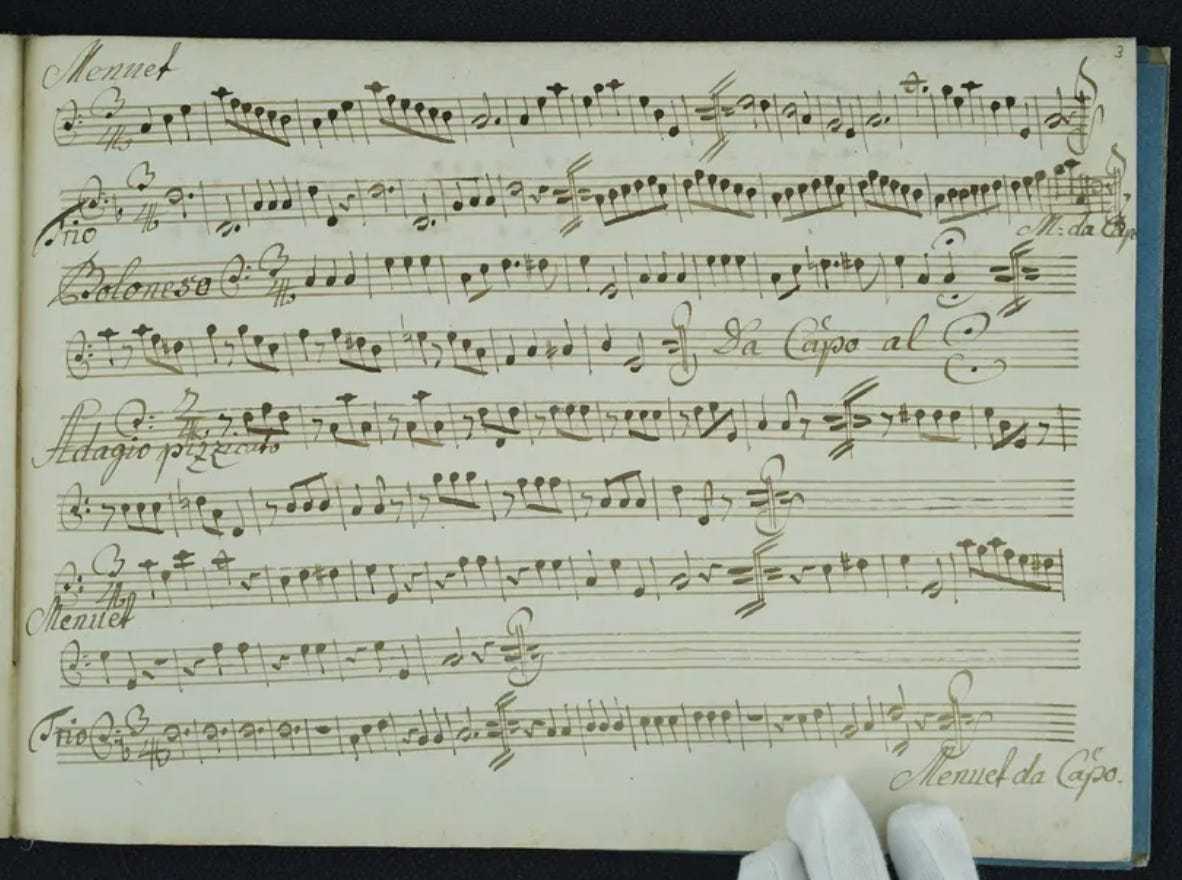
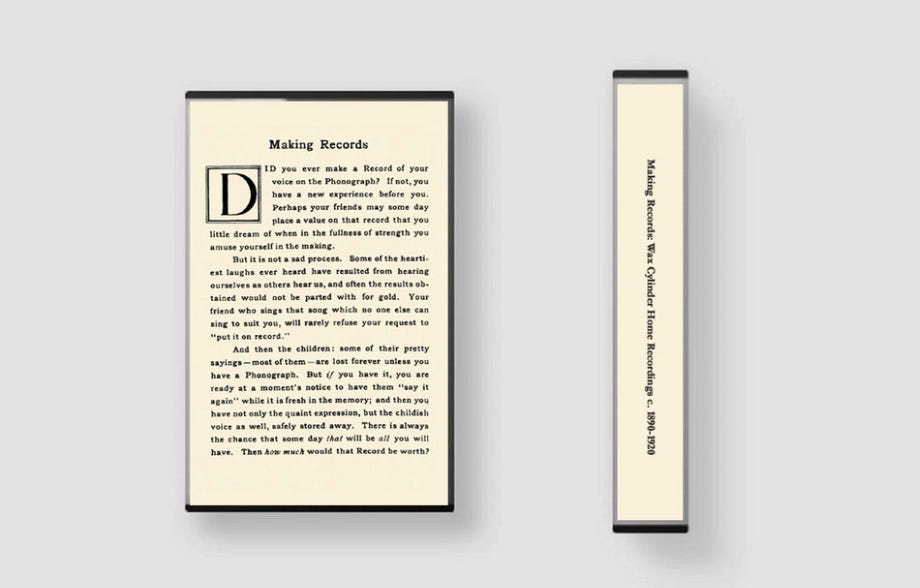
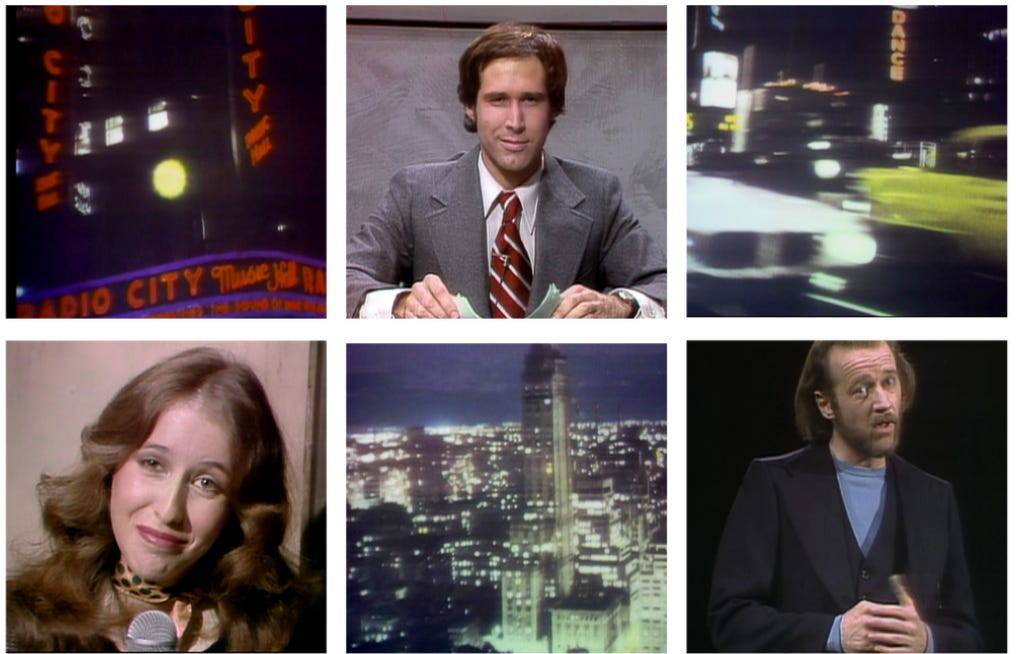
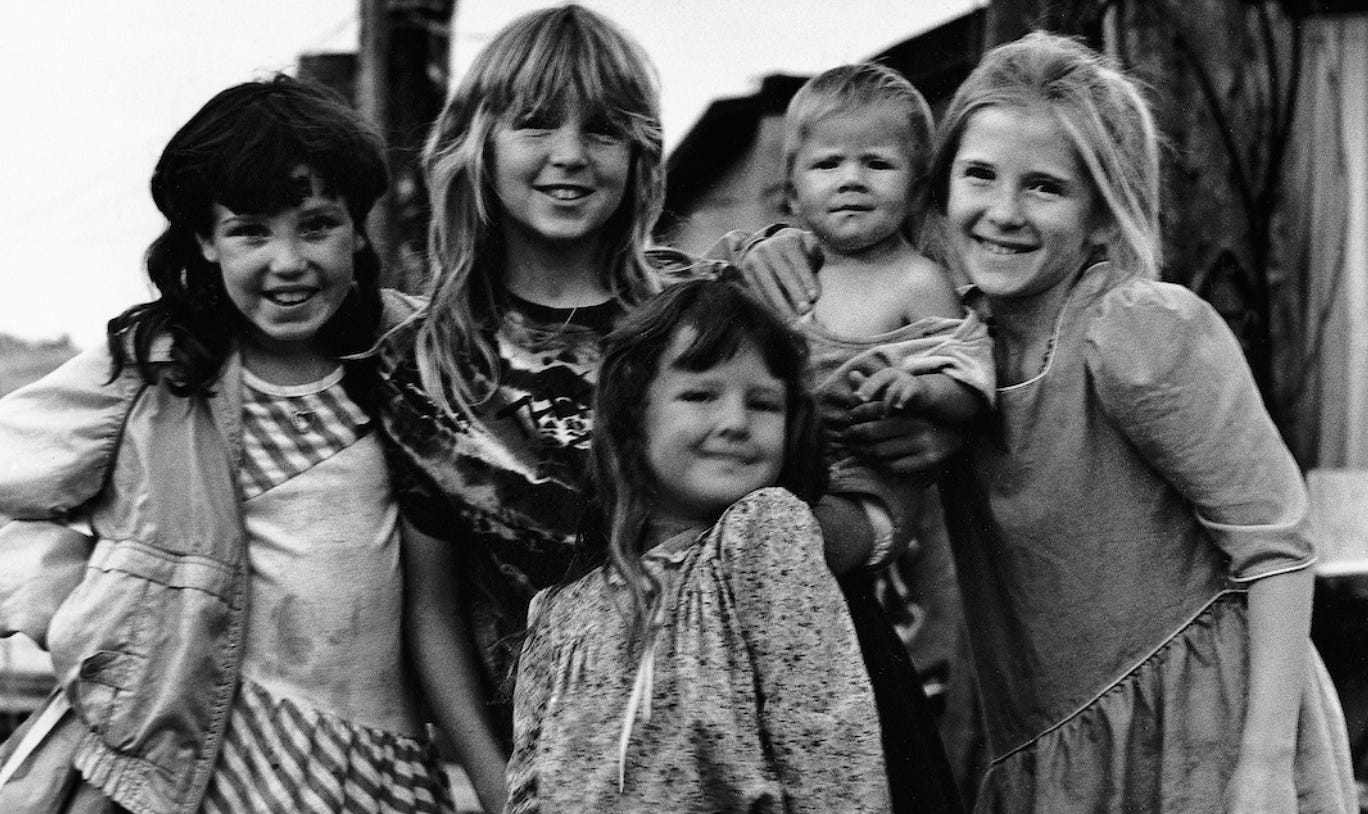
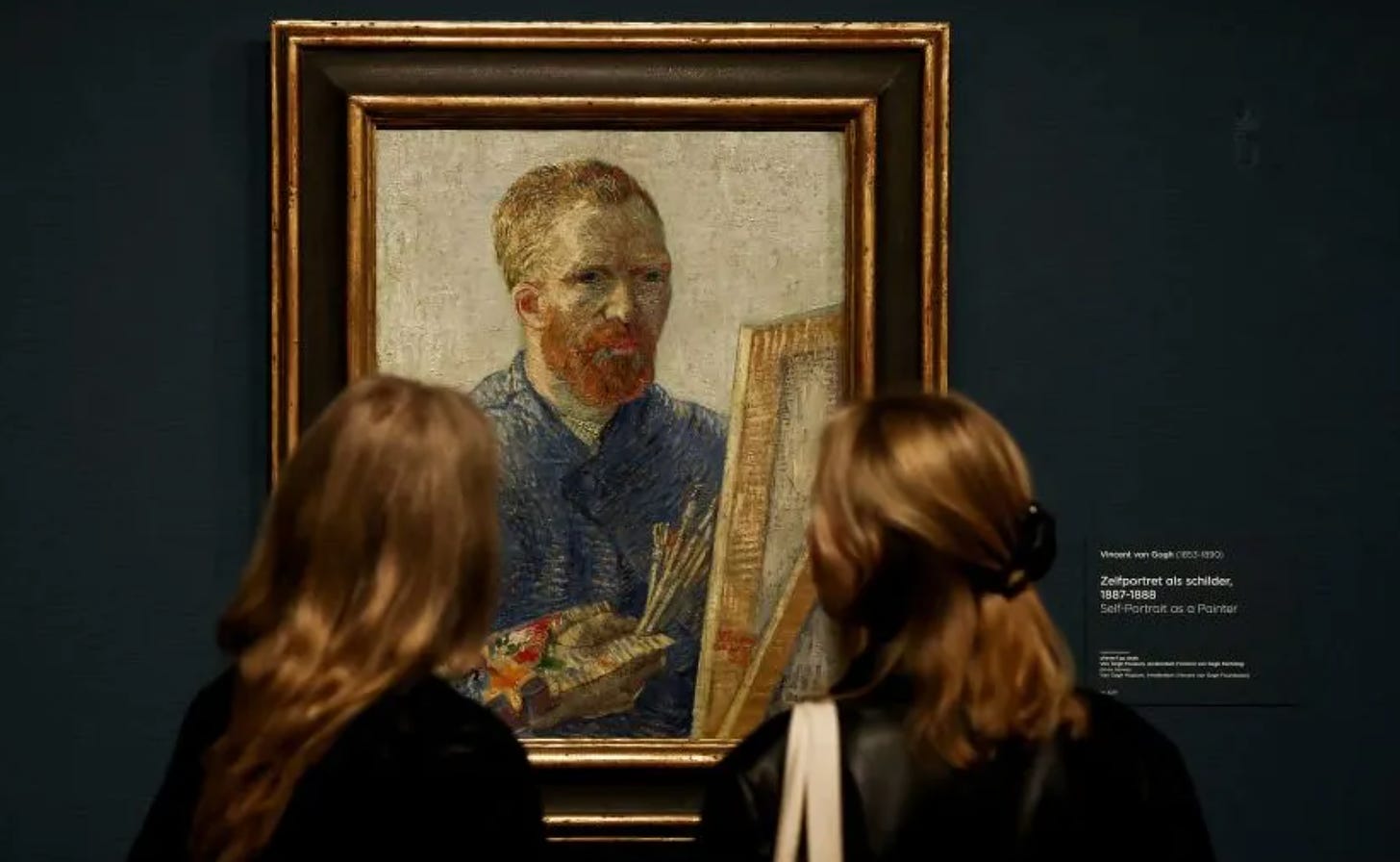
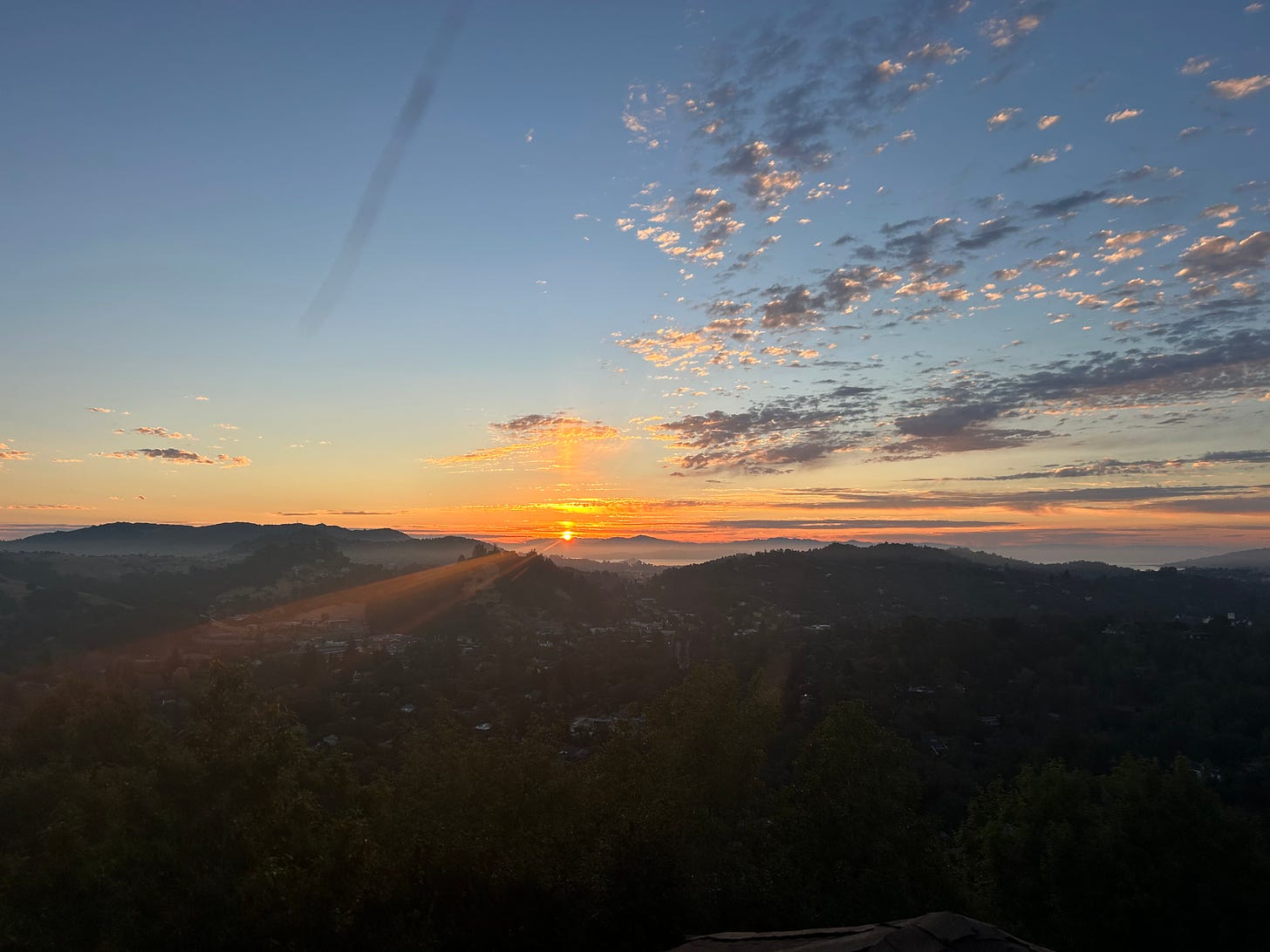
David,this is anot her really great post, I'll be looking at several pieces in depth over t he weekend. Keep up the superb and fascinating work! Bes, John